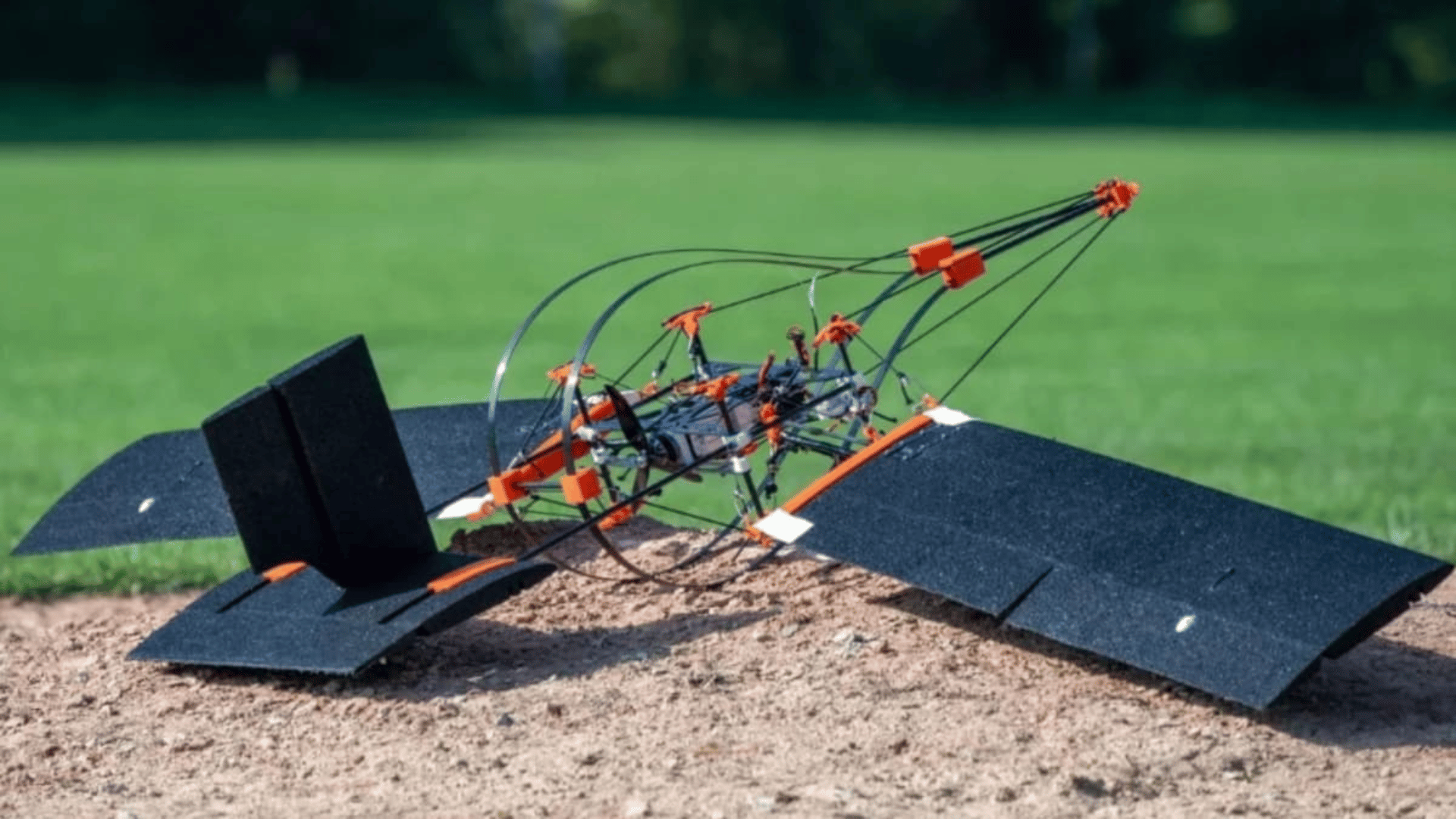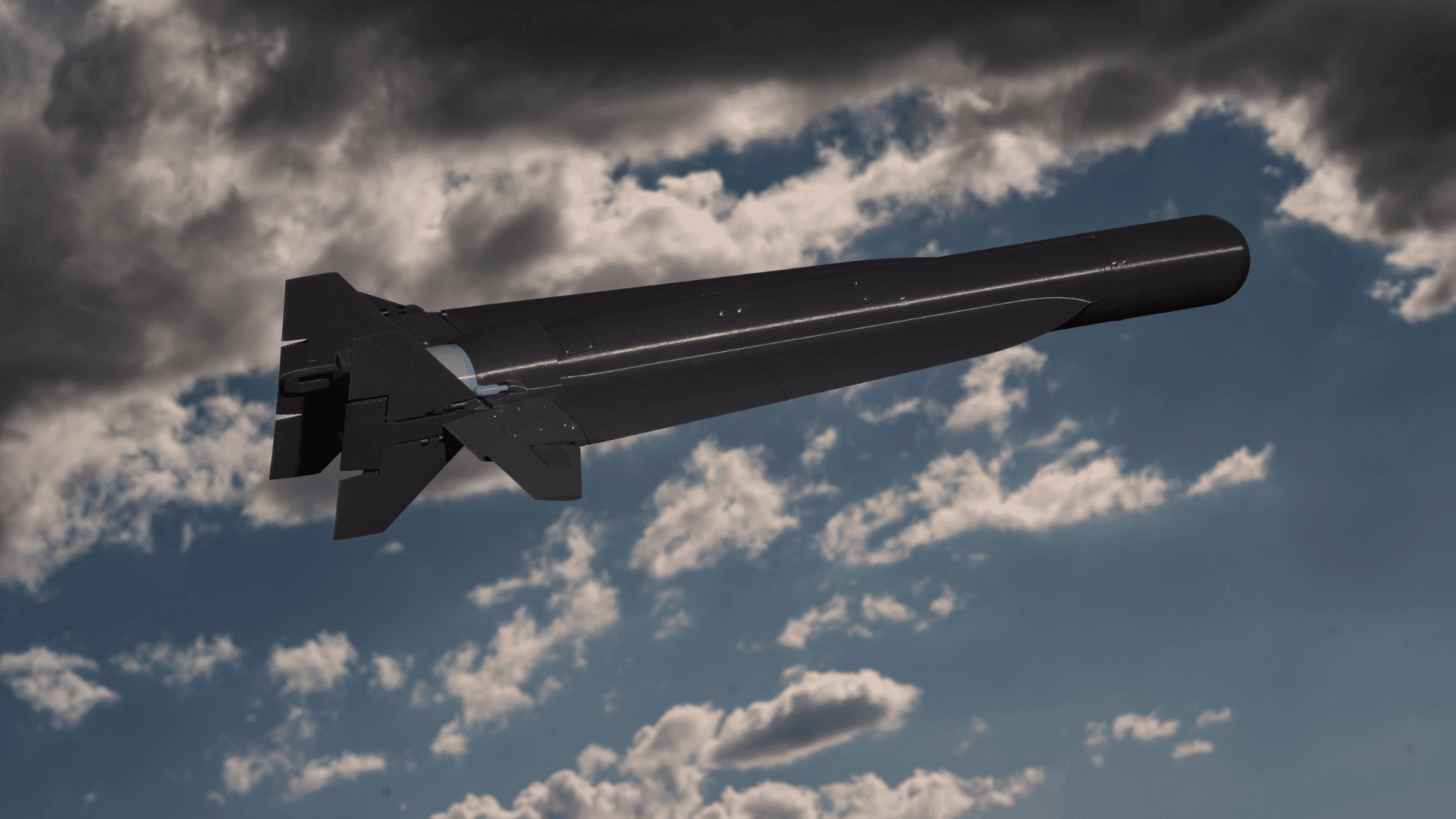Researchers at the École Polytechnique Fédérale de Lausanne (EPFL) in Switzerland have built a fixed-wing drone that mimics the head structure of a woodpecker to help it better withstand collisions. The aircraft is called SWIFT, which stands for Shockproof Woodpecker-Inspired Flying Tensegrity.
Woodpecker-Inspired Drone

Whether for inspection, mapping, or delivery, drones are increasingly operating in contact-prone spaces. Improving their ability to withstand collisions could, therefore, be critical for safety and reliability.
Though fixed-wing drones are valued for their speed and energy efficiency, their design makes them more vulnerable in the event of crashes than multi-rotor models. This fragility makes these drones more difficult to operate in complex conditions or environments.
Woodpeckers, known for having sturdy skulls, are capable of high-impact repeated pecking without sustaining brain damage. The new study states that the bird’s skull includes a rigid beak, a flexible hyoid bone wrapping around the skull, and a layer of spongy bone between the hyoid and skull bone. These aspects, combined with extra space surrounding the brain, redirect impact away from sensitive tissues.
According to Interesting Engineering, the SWIFT drone emulates these biological adaptations using tensegrity structures, lightweight, self-stabilizing frameworks of rigid and flexible elements held together under tension. The woodpecker’s beak, hyoid bone, spongy bone layer, and skull are replaced by carbon fiber rods, carbon fiber strips, elastic cables, and carbon fiber plates connected with plastic brackets.
The system protects the drone’s electronic components, propeller, and motor – similar to how the woodpecker’s skull protects the brain. They’re suspended within the fuselage by rubber cables, allowing them to move up to 8.6 inches upon impact. Instead of transferring collision energy to fragile components, this design absorbs it.
Tests have shown that the SWIFT drone can reduce impact forces by up to 70 percent compared with conventional drones of similar size and weight. The work, led by researcher Omar Aloui and colleagues, was recently published in Advanced Robotics Research.






